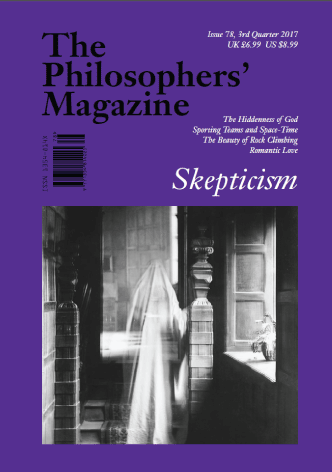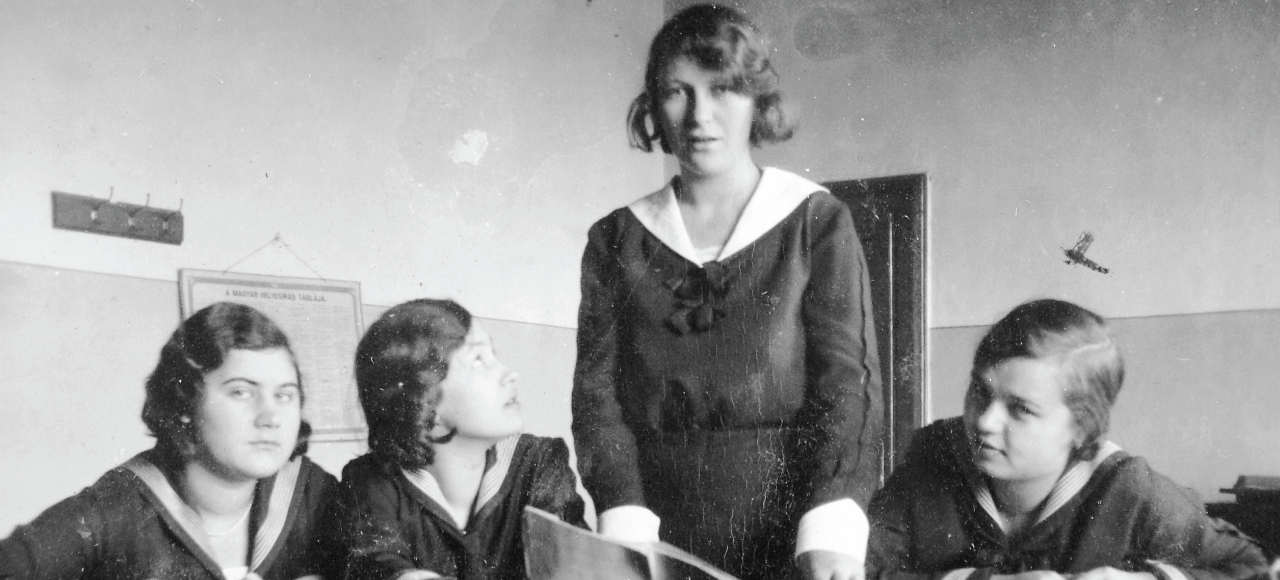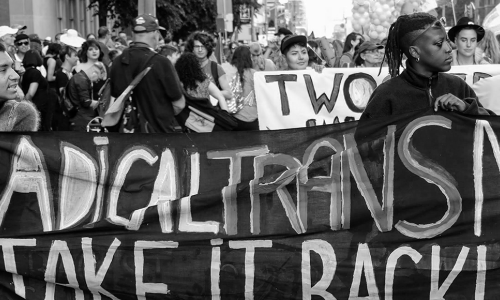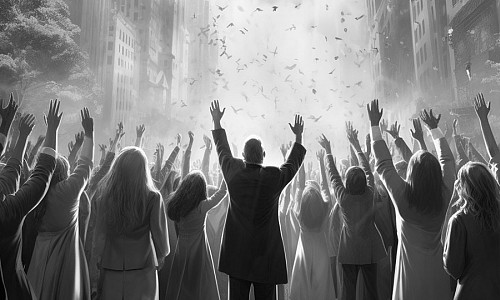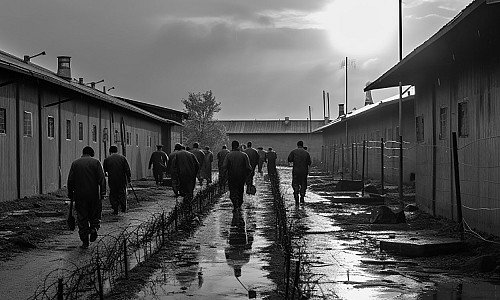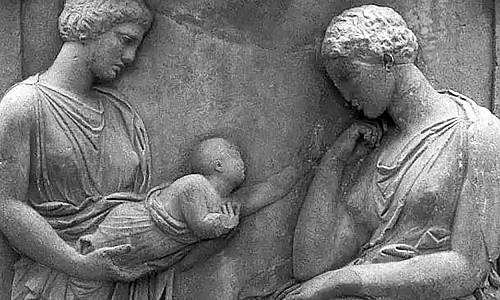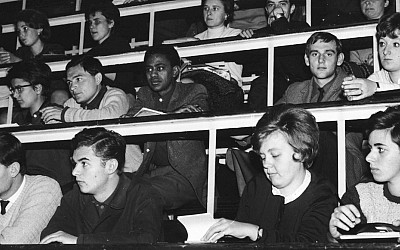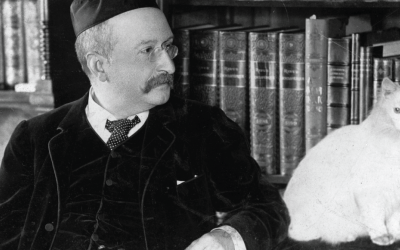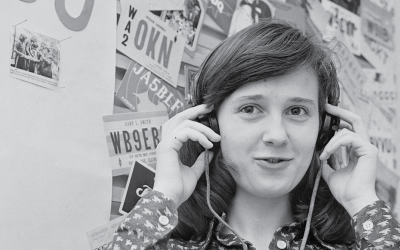Ethics bowl founder, Robert F. Ladenson, outlines its ethical and educational objectives
Ethics Bowl is an academic competition combining a valuable and distinctive educational experience with the excitement and fun of a good competitive team game.
Ethics Bowl’s Format and Educational Objectives
Ethics bowl resembles both formal debate and moot court competitions in some respects. Its subject is ethics, however, and its principal purpose is to help students develop abilities and capabilities central to good ethical deliberation, especially related to issues that are complex, controversial, difficult to resolve, and in many cases, highly viewpoint dependent. For this reason, ethics bowl has three crucial differences from both formal debate and moot court.
The first is, what might be termed, experiential education for open-mindedness. Well before an ethics bowl competition takes place participating teams receive a set of 15 or 17 ethics cases, each case no more than one and a half single-spaced word-processed pages long. Teams are not given questions about the cases to ponder or to research. Instead, they have to identify the key issues in the cases for themselves and then develop a position on each case that the team can state clearly and defend.
As indicated above, none of the cases are easy to resolve. It’s virtually impossible for an ethics bowl team to reach full agreement among its members on each case. A team’s challenge in preparing for an ethics bowl competition is to identify the key ethical issues raised in each case and then to work out positions on them that everyone on the team agrees are reasonable, in the sense that an ethically conscientious person could accept the positions after careful consideration.
To reach this kind of agreement among themselves each team member must be able to consider seriously different views from his/her own and to appreciate their force – not in the sense of being persuaded necessarily, but in recognising why an ethically conscientious person could hold such positions or find them persuasive. Ethics Bowl thus is structured in such a way that the incentive to do well in the competition tends to motivate teams to make a serious effort to listen open-mindedly. Unlike debate, teams aren’t preassigned positions to defend – “yea or nay,” positive or negative.
The second aspect is education for meaningful communication. In an ethics bowl match there are two teams, a panel of three judges, and a moderator. The moderator poses a question about a case to one of the teams. That team proceeds to make a presentation addressing the moderator’s question. The other team then comments on the presentation, followed by the presenting team’s response to the commentary. A questioning period follows in which the judges pose questions to the presenting team.
A second round follows in which roles are reversed. The commenting team in the first round presents on a different case, and the team that presented in round one comments.
What if the commenting team agrees with the presenting team’s stance in its presentation? The answer is that ethics bowl cases are conceptually deep and factually complex. There is a vanishingly small likelihood a team’s presentation will leave the commenting team utterly speechless.
Even if it agrees with the presenting team’s conclusions, for example, the commenting team can discuss aspects of the presenting team’s reasoning it finds problematic. Furthermore, even if it considers the presenting team’s analysis persuasive the commenting team can develop another analysis which highlights other morally significant considerations. The mark of an excellent commentary is the contribution it makes to meaningful and productive communication.
The third point concerns education for ethical understanding. Judges are instructed to base their respective evaluations on three criteria – clarity, comprehensiveness, and deliberative thoughtfulness.
The third criterion, deliberative thoughtfulness, concerns ethical understanding in connection with issues that are complex, highly viewpoint dependent, and controversial. Ethical understanding in this context comes down, in large part, to understanding the viewpoints of those with whom one disagrees.
This means not simply awareness of what they’ve said or written, but also a serious effort to understand their views from the inside – to comprehend the key concerns motivating the viewpoint, and, at least to some extent, appreciating the force of those concerns. The prepping and training efforts for ethics bowl judges always emphasise the critical importance of posing questions to probe a team’s understanding of views different from those a presenting team sets forth.
Over more than twenty-five years I’ve received many – probably hundreds – of communications from ethics bowl participants. In some instances, the communications have conveyed constructive criticism. In almost every instance the hundreds of communications have included wonderful testimonials about the experience of taking part in ethics bowl. Very frequently testimonials refer back exactly to experiences related to the three educational objectives summarised above as the heart of ethics bowl.
Three Lessons of Ethics Bowl for Students and Teachers
Philosophical theories of ethics (ethical theory) can be a valuable resource for thinking through important, controversial, and difficult to resolve ethical issues in both the public sphere and personal life.
In the early years of the Association for Practical and Professional Ethics Intercollegiate Ethics Bowl (APPE-IEB), the question of what role ethical theory ought to play in a team’s case presentation, its commentary on the competing team’s presentation, and its response to judges’ questions was often discussed. In those early years I was dissatisfied frequently with the ways many teams put ethical theory to use. My problem was not that the teams badly misstated key aspects of the theories they referenced. The problem instead, as I saw it, concerned irrelevance. It seemed to me, that often teams failed to use ethical theory successfully for identifying and analysing the key ethical issues in a case.
For many years now, however, this has changed. At the APPE-IEB National Championship Competition ethics bowl teams now draw consistently upon ethical theory to identify and to analyse difficult issues in practical and professional ethics in ways that exemplify clarity, thoughtfulness, and moral insight. Participating frequently as an APPE-IEB judge and also as a judge in regional National High School Ethics Bowl (NHSEB) competitions has reinforced my belief that ethical theory can be a valuable tool of analysis in moral deliberation concerning important issues about which decisions must be made.
Democratic Deliberation: Intellectual abilities, habits of thought, and attitudes which must be widespread for a democratic body politic to flourish all are teachable.
For democratic government to flourish people who disagree about politics cannot view one another as enemies. They must be capable of serious effort to understand from the inside the views of people who disagree with them – not only the arguments the other side advances but also why some thoughtful and ethically conscientious persons consider those arguments persuasive, even if one disagrees with them. Members of a democratic body politic should regard the intensity and the depth of their commitment to the principles and values they affirm as entailing a responsibility to try to understand the views of those with whom they differ strongly.
An American body politic whose members share the above attitude toward democratic deliberation corresponds with actual fact at most only to a limited extent. The attitude, however, is not beyond human capability. It is aspirational, but in the sense of being the best attitude that, with appropriate education, most members of the democratic body politic are capable of exemplifying. I believe the performance of ethics bowl teams on both the collegiate and high school levels strongly supports this belief.
The Ideal of Ethical Community
For several years now the APPE-IEB has had at least 150 participating colleges and universities. The NHSEB currently has even many more participants (an estimated 335 high schools). The (APPE-IEB) received the American Philosophical Association-Philosophy Documentation Center (APA-PDC) award for excellence and innovation in philosophy Programs in 2006. In 2021 the NHSEB received the same award.
A recent study researched by Lisa Lee, indicates that, as of 2018, in addition to the APPE-IEB and the NHSEB, there were eighteen other ethics bowl competitions, including a Bioethics Bowl undergraduate competition and a graduate student Archaeology Ethics Bowl competition, sponsored by the Society of American Archaeologists. In addition, Ethics bowl competitions, and competitions modelled closely upon the ethics bowl, have been conducted throughout the world in Australia, Canada, China, Continental Europe, India, Kuwait the Philippines, and the U.K.
Why has ethics bowl developed and grown as it has since it began as a small intramural activity at the Illinois Institute of Technology in Chicago in 1993? Here are some thoughts about why.
Ethics Bowl reinforces a view of ethical deliberation as a vital human activity conducted within a community whose members are capable of ethical deliberation in the following sense. The members agree implicitly upon a common framework of ethical judgment and decision making, the essential characteristics of which, as identified by philosopher Bernard Gert, are the following:
The framework
- is grounded in points, about which no rational person has any real doubts, concerning the kinds of actions of human beings that harm other human beings: e.g., killing, causing pain, causing disability, depriving a person of freedom, and depriving a person of pleasure
- contains rules of conduct it is wrong to violate unless one has an ethical justification;
- specifies diverse features of actions relevant for deciding whether or not violation of a basic ethical rule is justified;
- includes also an ethically crucial question necessary to consider in deciding whether or not a violation of a basic ethical rule is justified in light of the ethically relevant features of the violation. The ethically crucial question is: What would be the consequences if this kind of violation was publicly allowed?
Human beings agree upon a vast number of the most important ethical judgments. There are, nonetheless, also large areas of disagreement on many important issues. The basic ethical rules, ethically relevant features, and ethically crucial questions contained within the common ethical framework, however, set limits upon legitimate disagreement. The human ethical community can be understood to consist of all human beings who identify with this common ethical framework.
Ethics bowl is not only consistent with, but also reinforces a view of ethical deliberation as an activity conducted within a community whose members identify with the conception of a common ethical framework summarised above. The communal aspect of reasoning is reflected in the deliberations of ethics bowl teams, both in preparing for the competition and in conferring during a match as to the responses the team will present to respond to the opposing team’s commentary and to the judges’ questions about a case.
Identification of community members with shared ethical standards is expressed by teams’ interactions with judges both in responding to judges’ questions and also in the evaluations of their responses by the panel of judges. In regard to the latter, judges’ evaluations, though variable in some instances, tend to converge substantially despite differences among the judges in perspectives, outlooks, experiences, and backgrounds. Such convergence about the quality of ethical reasoning on difficult issues communicates to students a strong sense of ethical reasoning standards as shared.
Despite the competitive intensity of an ethics bowl competition, at the conclusion of the event contestants, judges, and audience tend not to focus their attention primarily upon who won and who lost. A “post ethics bowl,” unlike a “post World Series” or a “post Super Bowl,” with their emphases on the thrill of victory and the agony of defeat, seems more like a coming together that characterises joint participation in significant and valued activity guided by shared standards with which participants identify.
Ethics Bowl has grown and developed in ways I never anticipated in 1993 when my colleagues in Illinois Tech’s Center for the Study of Ethics in the Professions and I conducted the first ethics bowl. I have tried to articulate the primary educational objectives which have come to underlie the ethics bowl, and which I am confident will continue to do so in the future.
Example Case by Rhiannon Funke
Medical Professionals’ Role in Torture
In October 2006, the United States enacted the Military Commissions Act of 2006. This act authorised the use of military tribunals for enemy combatants, along with the right to hold them indefinitely without judicial review under the terms of habeas corpus. Part of the Act was an amendment which retroactively rewrote the War Crimes Act, effectively immunising those applying policies of water-boarding, stress positioning, sleep deprivation, and other controversial military tactics from prosecution under U.S. law.
Beyond the moral issues related to the use of torture there is a debate regarding the role of medical professionals in overseeing and providing medical attention associated with such practices. For example, investigators for the Red Cross published a report in 2006 which concluded that medical professionals working for the C.I.A. monitored prisoners undergoing waterboarding, apparently to make sure they did not drown. Medical workers were also present when guards confined prisoners in small boxes, shackled their arms to the ceiling, kept them in frigid cells and slammed them repeatedly into walls, the report said.
According to other accounts when medical professionals were not present during harsh interrogations they have assisted afterwards by stitching wounds caused by the blows of guards, replacing dislocated shoulders resulting from hanging by the arms, etc. At times, the reports of such medical professionals have assisted in the identification of prisoner abuse. On other occasions medical staff has been complicit in hiding abuse and even death by altering or camouflaging the injuries they reported.
There is nothing about medical personnel that makes them intrinsically more or less moral than the rest of the population, but doctors at least take the Hippocratic Oath, “to do no harm.” In addition, many doctors submit to the Nuremberg Code, enacted in reaction to the human rights abuses of Nazi doctors who engaged in experimentation on human subjects; this code provides ten tenets of ethical medical research. Some are seriously concerned that when medical personnel participate in harsh interrogations, they are violating their most basic oath, and other ethical requirements of the medical field. Others worry about the ways that medical personnel can be complicit, including sharing prisoner’s medical records with interrogators in an effort to reveal vulnerabilities.
Others argue that without the presence of medical personnel harsh interrogations would be less effective and more dangerous. Medical supervision offers the possibility of a more controlled environment including greater emphasis on prisoner welfare. It may also make interrogations more effective and thus contribute to homeland security.
Robert F. Ladenson is Professor of Philosophy Emeritus at the Illinois Institute of Technology. He created the Ethics Bowl. For twenty years (1987–2007) he was a special education due process hearing officer in Illinois, a position in which he heard cases involving disputes between parents of children with disabilities and public school districts under federal and state special education laws. He is the author of Moral Issues in Special Education: An Inquiry into the Basic Rights, Responsibilities, and Ideals (2020).
You might also like...
